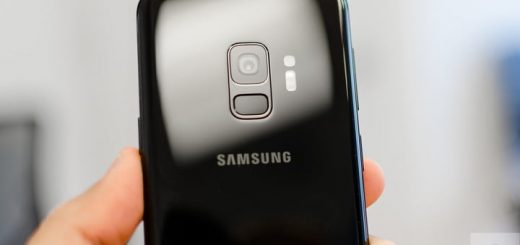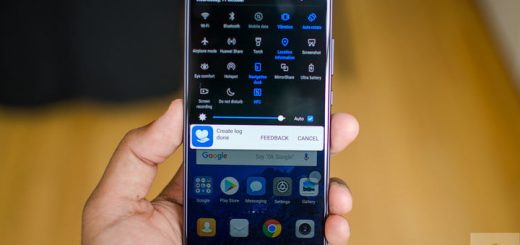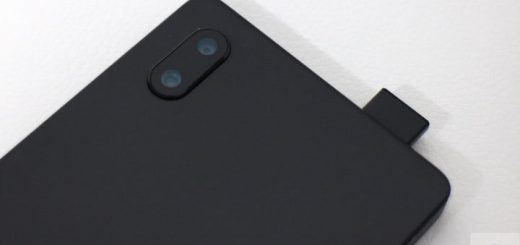Planet Computers Gemini hands-on Inspection
There is something happening in the mobile industry. Companies are noticing there is an audience for nostalgic, retro-themed devices. HMD Global has leveraged the Nokia brand to great effect with its Nokia 3310 and 8110 4G phones, and BlackBerry is exploiting the desire to standout from the crowd by combining strong hardware with the same desirable core values that originally built the brand. The latest to follow the trend is Planet Computers’ Gemini, a Personal Digital Assistant (PDA) which drags a style popularized by Psion and Ericsson in the ‘90s into 2018.
The trouble is, 2018 isn’t utterly convinced the PDA wants to come back at all.
Here’s the good stuff. It’s a well-engineered piece of tech made by a team with a lengthy history in the mobile industry, a clear love of the PDA design, an understanding of what makes a good one, and the kind of geeky appeal many will adore. It’s also wonderfully tactile. Magnets keep the clamshell closed, and it pulls open with a satisfying mechanical click, then locks in to place reliably and at a perfect viewing angle. Visually at this point, we love the look of the keyboard, and it’s possible — with practice — to type with two thumbs, or using two fingers when the Gemini sits on a desk.
But while the keys have a satisfying motion, we found them difficult to press when trying to touch type quickly, as they tended to get “caught” on the downward travel. This slowed us down, and forced a more precise two-finger typing motion. Perhaps, with practice, this would change; but learning new muscle memory for alternative keyboards takes time, and we’re not sure everyone will want to persevere. Why? Because of modern smartphones.
Old tech, new problems
PDAs are tech-from-yesteryear. The Gemini itself is inspired by an unreleased Psion PDA, ditched after the company left the hardware world behind. When you take your smartphone out of your pocket, you see notifications on the screen, can react and interact with them, and quickly access many key features. To do the same on the Gemini, you have to open the device up. A notification light is built into the case, but isn’t active in the software yet. It’s an extra step a great many people have never dealt with; no, it doesn’t take much time, but we live in a world where every second counts.
The trouble is, 2018 isn’t utterly convinced the PDA wants to come back at all.
Then there’s the software. It’s based on Android 7.1 with a few alterations added by Planet Computers, including a Windows-style menu bar with shortcuts to apps. What was wrong with using the app icons on Android as usual, we’re not sure. Planet is also building a version of the classic Psion calendar app, and the database app. These were the pinnacle of mobile computing at the time, but not any more. Psion-inspired or not, there are plenty of calendar and database apps out there already.
On the positive side, the 18:9 aspect ratio, 5.99-inch screen is large and high-res enough — it’s 2,160 x 1,080 pixel — to run apps side-by-side. The Gemini is also capable of dual-booting to another operating system, including versions of Linux, Jolla’s Sailfish, and Ubuntu. We saw them running and while they did look good, this feature has limited appeal. Planet Computers also sells a plug-in hub with an Ethernet port, USB ports, and more. The Gemini itself has two USB Type-C ports, so it can be charged and plugged into an external monitor, for example, at the same time.
Add-on camera
Finally, the Gemini doesn’t have an external camera. It has a 5-megapixel selfie cam, but nothing on the outside of the device. Unless you buy a $50 add-on kit, pry the metal case apart and slide in the camera module yourself. Cameras are a smartphone essential, and making it an optional accessory is a bizarre decision. Plus, even with it fitted we return to the same problem that plagues the notifications — you have to open the phone to frame a picture on the screen.
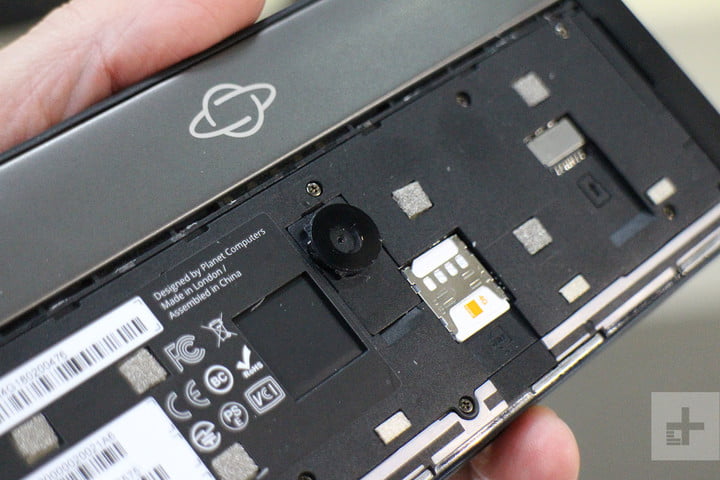
Andy Boxall/Digital Trends
All this said, there’s clearly considerable demand for the Gemini, as it reached nearly $2 million in its recent Indiegogo campaign. The first examples are shipping out now, and backers will be pleased with the overall hardware. The specifications are decent, with a deca-core MediaTek processor, 4GB of RAM, 64GB of storage space, a MicroSD card slot, and a big 4,220mAh battery.
There are two versions available — a $500 Wi-Fi only Gemini, and a $600 4G LTE version that operates on GSM and CDMA networks. Outside of the dedicated few who miss the PDA, and can’t deal with a compact notebook, a tablet, or even a netbook, the appeal of the 4G LTE Gemini will be limited. The Wi-Fi only model is more intriguing, and pairing it with a new feature phone like the Nokia 8110 4G may be just what you need to complete your retro hipster look.
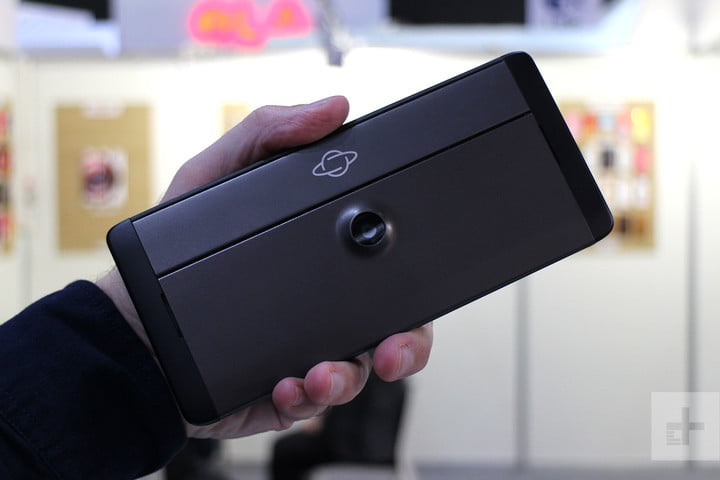 Andy Boxall/Digital Trends
Andy Boxall/Digital Trends
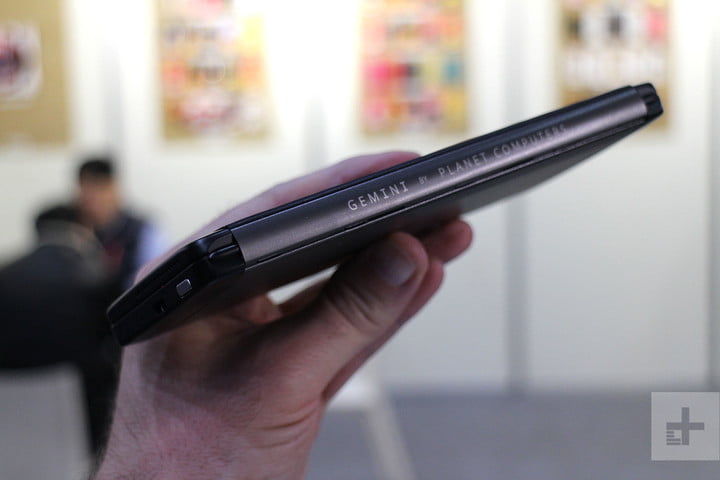 Andy Boxall/Digital Trends
Andy Boxall/Digital Trends
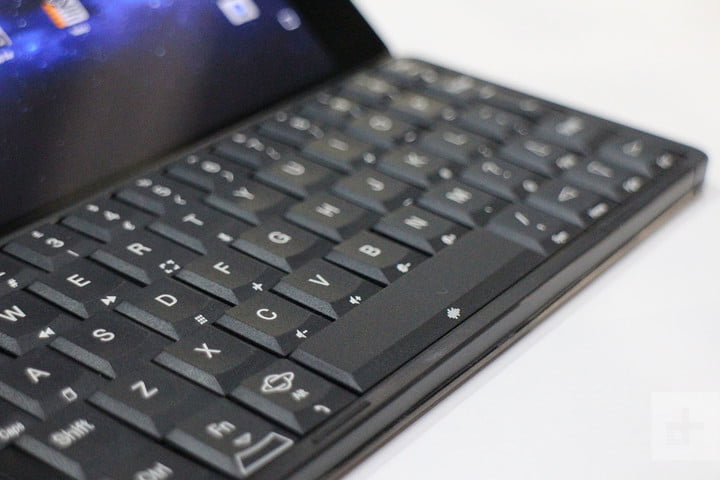 Andy Boxall/Digital Trends
Andy Boxall/Digital Trends
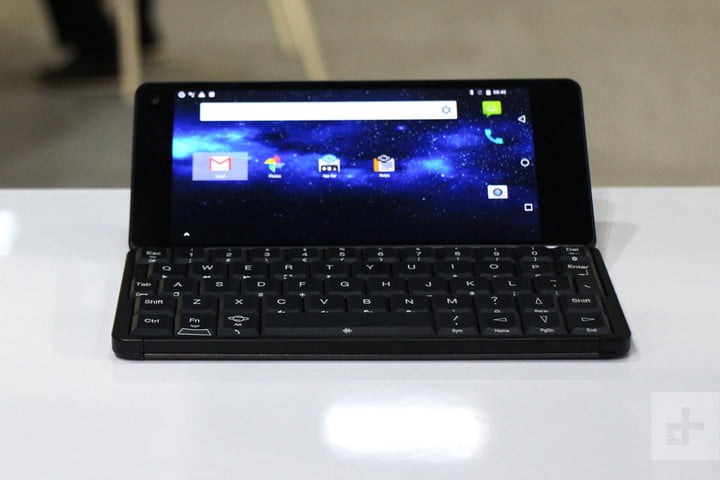 Andy Boxall/Digital Trends
Andy Boxall/Digital Trends
